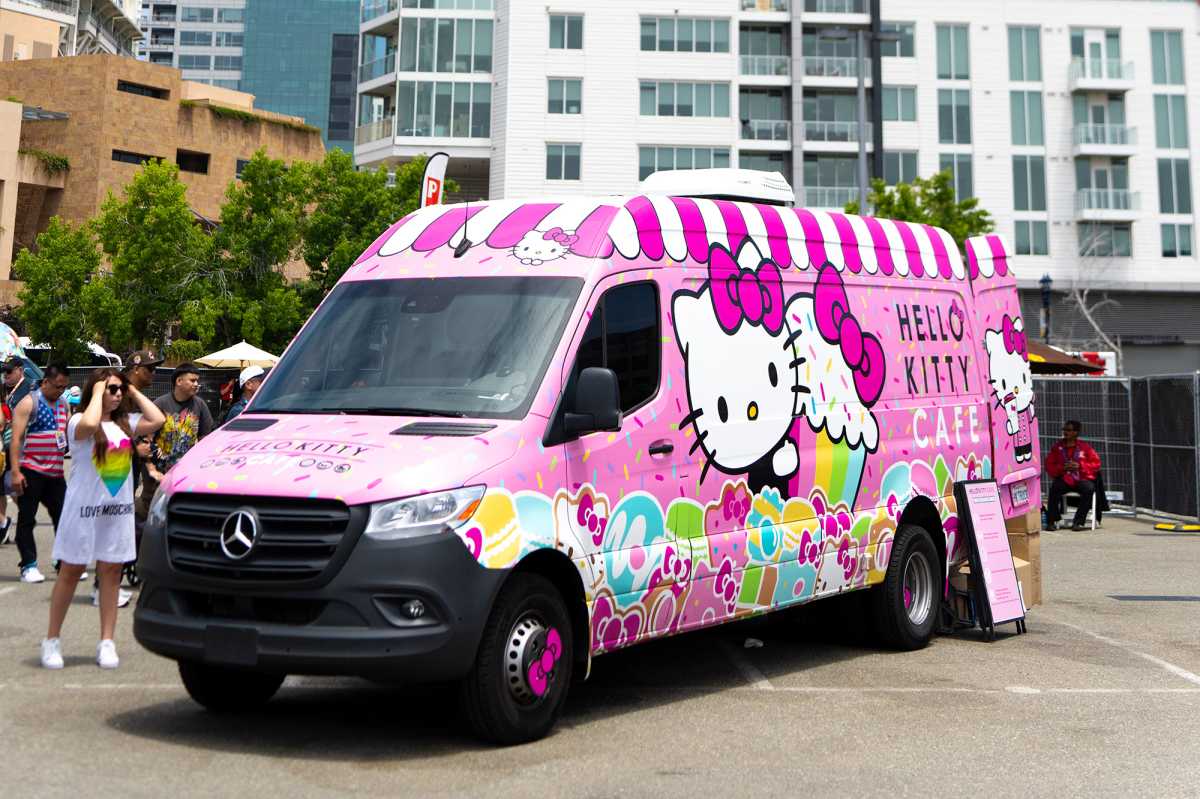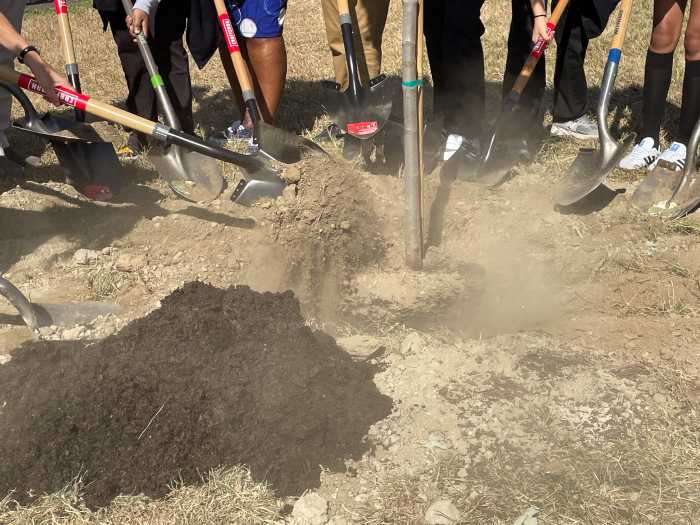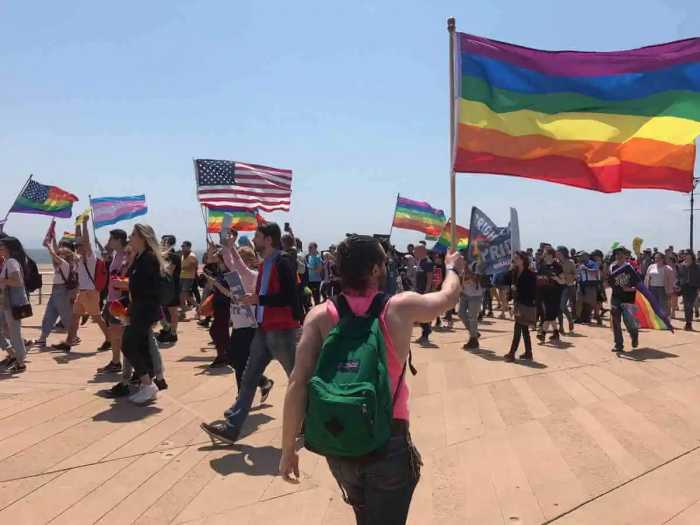Just over a week after congestion pricing launched on Jan. 5, the MTA has yet to say how much money has been reaped from the controversial tolling program’s early days.
During a briefing at the MTA’s Lower Manhattan headquarters on Monday, MTA officials said they are still sorting through data and remained more focused on the program’s impact on traffic congestion. So far, the agency’s data shows an overall 7.51% reduction in traffic within the Congestion Relief Zone (CRZ), south of and including 60th Street in Manhattan, compared to the same period last year.
Juliette Michaelson, the MTA deputy chief of policy and external relations, said the agency has been more focused counting cars than cash in the early stages of congestion pricing. Nonetheless, she said more information about the finances is yet to come.
“We totally understand that the transparency in this moment is particularly important,” Michaelson said. “New Yorkers have to understand what the benefits of the program are.”
Additionally, the MTA is creating a congestion-pricing data dashboard that will be updated monthly and available to the public; the first set of data is expected to be ready by February.
Still, whether that first round of data will include revenue figures remains unclear.
Financial data about congestion pricing figures to be critical given how much the MTA has riding on the toll revenue. The program was projected to reap up to a half-billion dollars annually to help the authority fund transit improvement projects from upgrading century-old subway signals still in use throughout the system, to expanding accessibility at stations and starting large-scale expansion projects such as the Second Avenue Subway.
In some instances, the MTA has already started improvements tied to congestion pricing before the Manhattan toll system was activated.
Meanwhile, MTA officials said the traffic control program has already changed transit ridership, including passenger increases on express buses, which charge $7 for a single ride.
“Ridership growth has been higher than average on a handful of routes coming from eastern Brooklyn, Staten Island and from the Rockaways,” Michaelson said. “We’re monitoring the capacity, not just of routes but individual buses on these routes and the express bus network in general.”
Local and express bus routes that cross the East or Hudson Rivers into NYC saw the highest reduction in travel time. The SIM24 out of Staten Island (which covers western Staten Island runs through New Jersey) saved seven minutes across the Lincoln Tunnel compared to last year.
The MTA’s preliminary data also showed that approximately 219,000 fewer vehicles entered the CRZ in the first week the program launched.
Read More: https://www.amny.com/nyc-transit/




































